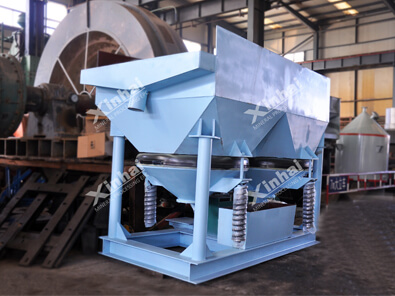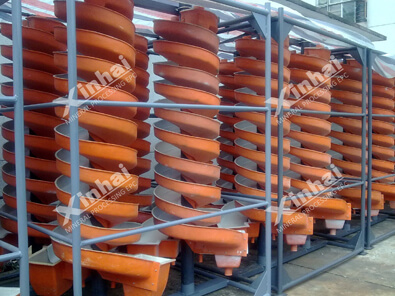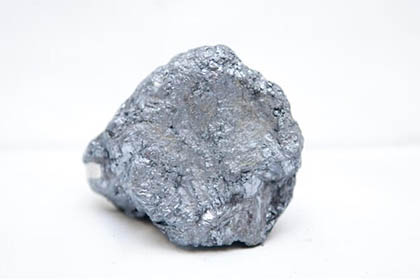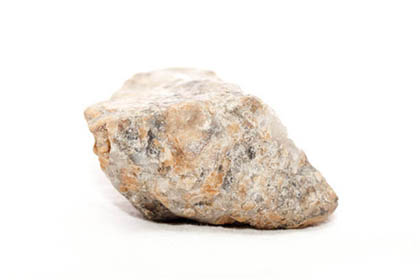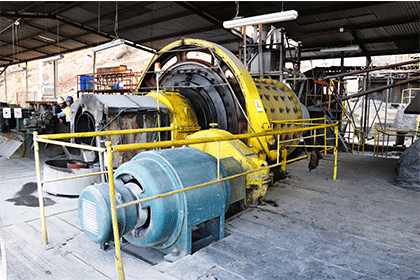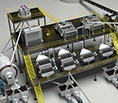How Much Does It Cost to Build a Wolframite Processing Plant?
 Laura
Laura
 Apr 17, 2025
Apr 17, 2025
 31
31
If you want to know more details about equipment, solutions, etc, please click the button below for free consultation, or leave your requirements!
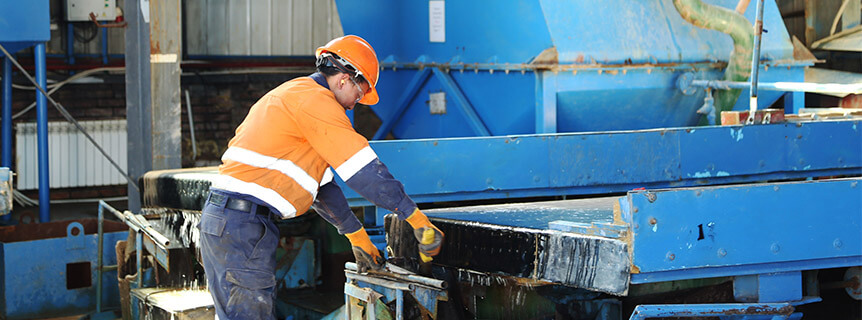
A worker is operating a shaking table in the wolframite mineral processing plant.
Wolframite, a critical ore of tungsten, is essential for industries like aerospace, electronics, and renewable energy. But transforming raw wolframite into usable tungsten products requires specialized processing—and that comes with significant costs. Whether you're an investor, engineer, or industry enthusiast, this guide breaks down the expenses involved in setting up a wolframite processing plant, covering everything from equipment and energy to regulations and market trends.
01 What Is a Wolframite Processing Plant?
BackA wolframite processing plant refines tungsten ore into high-value products like:
Tungsten carbide (used in cutting tools and industrial machinery).
Pure tungsten metal (vital for aerospace components and electronics).
Tungsten alloys (applied in radiation shielding and high-temperature applications).
The process typically involves crushing the ore, separating tungsten through gravity or magnetic methods, and refining it to meet industry standards.
02 Key Factors That Influence Cost
Back1. Ore Quality and Processing Complexity
Wolframite ore varies in tungsten content. High-grade ore (with 1–2% tungsten) requires fewer processing steps, reducing costs. Low-grade ore (below 0.5% tungsten) demands intensive grinding, gravity separation, and chemical treatments, which can double expenses. For example, processing low-grade ore might involve costly smelting or hydrometallurgical techniques to achieve the purity needed for aerospace applications.
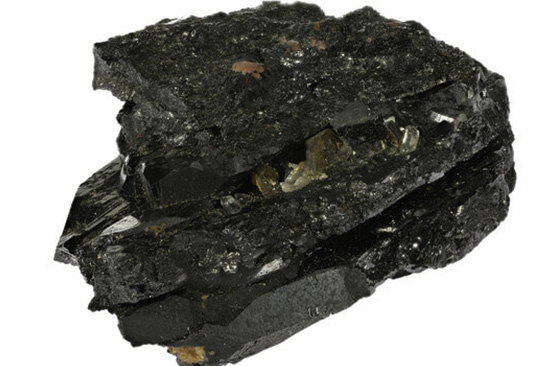
Wolframite ore pic2
2. Plant Location
Proximity to mines: Building near wolframite deposits slashes transportation costs. Plants in China's Hunan Province, a major tungsten hub, save up to 30% on logistics.
Labor and infrastructure: Countries like Bolivia or Vietnam offer lower wages ($10–$20 per hour for skilled workers), while regions like Europe have higher labor costs but better infrastructure. Remote locations may require building roads or power grids, adding millions to upfront costs.
3. Equipment and Technology
The machinery required depends on the processing method:
Basic setups (jaw crushers, ball mills, and shaking tables) cost $3 million to $10 million. Get more about crushers, mills, and shaking tables.
Advanced systems (high-intensity magnetic separators, rotary kilns, and smelting furnaces) range from $8 million to $30 million.
Automation reduces long-term labor costs but adds $1 million to $5 million upfront.
A small plant processing 50–100 tons of ore daily might cost $15 million to build, while a large facility handling 500+ tons could exceed $50 million.
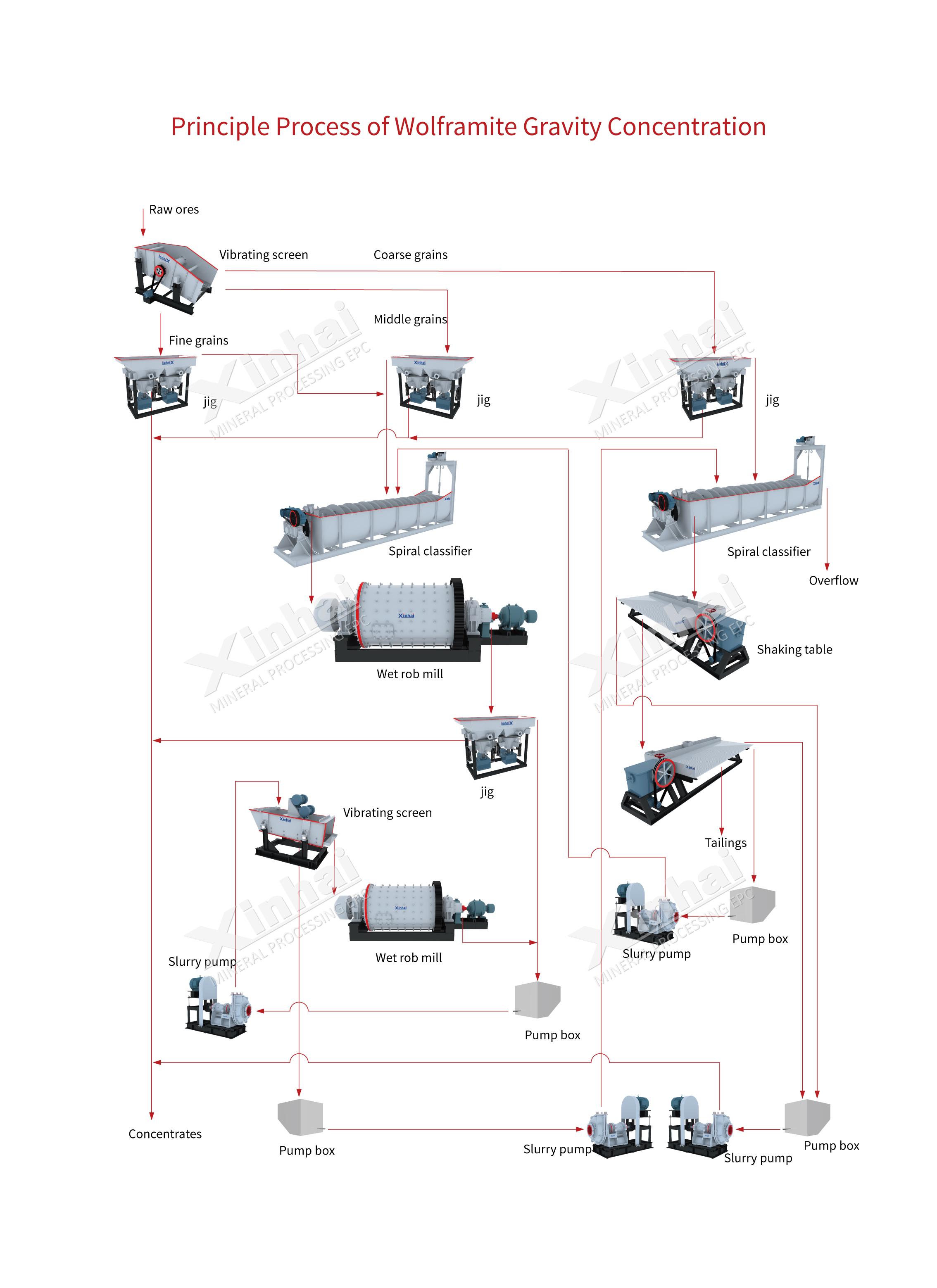 Classical wolframite ore gravity separation process
Classical wolframite ore gravity separation process
4. Energy and Water Usage
Wolframite processing is energy-intensive, especially during grinding and smelting. Energy bills can account for 40–60% of operational costs. Some plants use renewable energy (like solar or hydropower) to lower expenses, though this requires higher initial investment.
Water is used in ore washing and dust suppression. Recycling systems ($1 million to $3 million) reduce water consumption by up to 50%, saving money and meeting environmental standards.
5. Environmental and Regulatory Compliance
Strict environmental laws add to both startup and ongoing costs:
Waste management: Safely disposing of tailings (like arsenic or sulfur compounds) costs $2 million to $10 million.
Emissions control: Installing scrubbers and filters adds $1 million to $5 million.
Permitting: Securing licenses for land use, water, and emissions can take 2–5 years and cost up to $2 million.
03 Upfront vs. Ongoing Costs
Back1. Upfront Costs (CAPEX)
Building the plant requires significant initial investment:
Land acquisition: $1 million to $5 million.
Equipment: $8 million to $30 million.
Construction: $5 million to $20 million.
Permits: $500,000 to $2 million.
2. Ongoing Costs (OPEX)
Running the plant involves recurring expenses:
Labor: $2 million to $12 million annually.
Energy: $4 million to $25 million per year.
Maintenance: $1 million to $10 million.
Raw materials: $5 million to $30 million for ore.
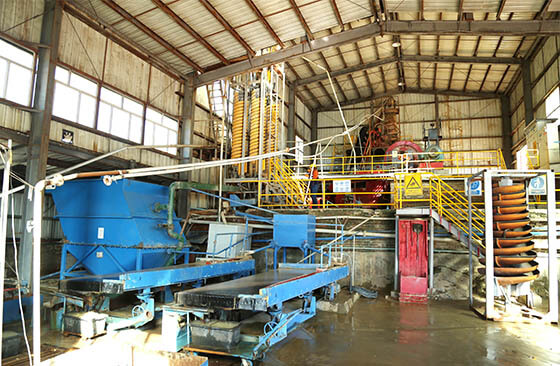
Gravity machines in a wolframite ore processing plant
04 Market Trends and Risks
BackTungsten prices: Range from $30,000 to $50,000 per ton, driven by demand from EVs, solar panels, and aerospace.
Supply chain: China controls 80% of global tungsten production, but new mines in Rwanda and Spain aim to diversify supply.
Risks: Price volatility, stricter environmental laws, and competition from recycled tungsten (25% of global supply).
05 FAQs
BackQ: How long does it take to build a wolframite plant?
A: Typically 3–5 years, including permitting, construction, and equipment setup.
Q: Can small plants be profitable?
A: Yes, by focusing on niche markets like tungsten alloys or high-purity metal.
Q: Is wolframite processing environmentally harmful?
A: Modern plants use closed-loop water systems and emissions controls to minimize impact.
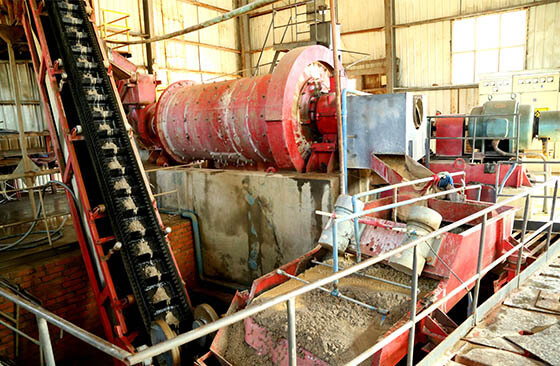
A mill in the wolframite ore processing plant
06Conclusion
BackThe cost of a wolframite processing plant ranges from $15 million to over $50 million, depending on ore quality, location, and technology. While high-grade ore reduces expenses, advanced smelting and refining methods are crucial for meeting industry standards. Success hinges on strategic planning, energy efficiency, and adapting to market trends. With tungsten's growing role in green technologies, a well-designed plant could offer strong returns—if investors navigate risks like price swings and regulations.
Feel free to contact us and learn more about wolframite processing solutions!
 +86 18716000713
+86 18716000713 xlyin@xinhaimining.net
xlyin@xinhaimining.net



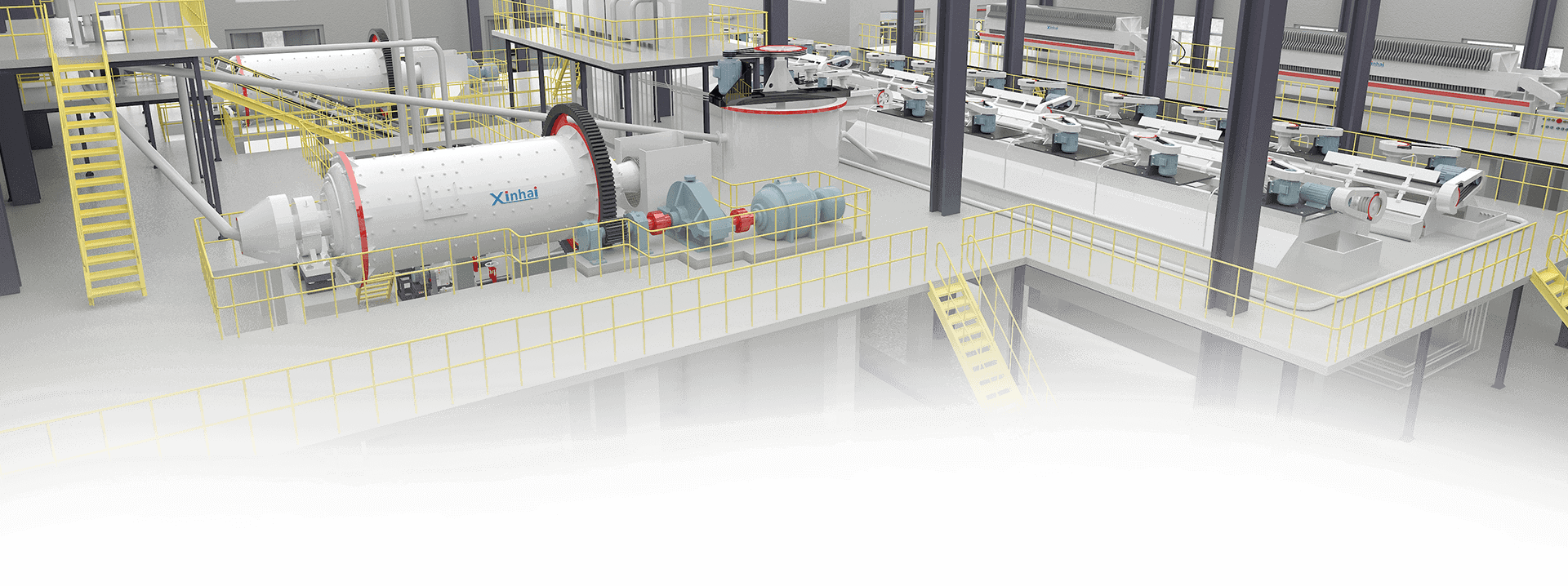
 Message
Message Chat Now
Chat Now


